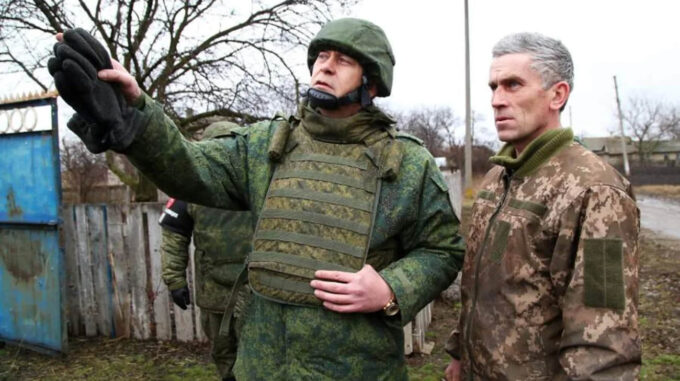In Dnipro, the case of a former serviceman is ongoing

He was released from Russian captivity but is now a defendant in criminal proceedings under Ukrainian law. The Chechelivskyi District Court of the city has opened a case against Anatoly Taranenko, who, according to official investigation data, switched sides to the occupation army back in 2021, and in May 2025, he was returned to Ukraine as part of a large-scale prisoner exchange. Court documents indicate that a criminal case against Taranenko was initiated on January 29, 2021 — the day after he officially defected to the enemy side. According to information obtained by journalists from "Hromadske," from the beginning of 2021, he actively communicated with Russian propagandists. During that period, he gave several interviews claiming that he had no intention of returning to Ukraine and accusing Ukrainian armed forces of shelling Donetsk region, thus creating the image of a pro-Russian sympathizer in his "own language." After February 2021, Anatoly's face disappeared from the informational space — as if he went off the radar, but he did not cease his activities. However, from May 2025, he reappeared in his hometown — now as a military personnel released from Russian captivity, returned to Ukraine as part of the exchange. Meanwhile, details of his criminal case remained closed. It was later revealed that in December 2024, the Chechelivskyi District Court in Dnipro resumed criminal proceedings that had previously been halted in the Volnovakha District Court. This happened after the materials related to Taranenko's case were rediscovered and re-examined. By June 2025, the court had already appointed a panel of judges for a trial on the merits. The charges against Anatoly are very serious and concern two main articles of the Ukrainian Criminal Code. He is accused of desertion (Part 3, Article 408 of the CCU) and misappropriation of military property (Part 3, Article 410 of the CCU). These crimes could lead to a sentence of up to 12 years in prison. At the same time, on June 5, the Chechelivskyi District Court decided to release Taranenko from custody — citing that he did not attend the session, and therefore, he was provided the possibility to be under house arrest or another alternative measure. It is important to note that Prosecutor Irina Lenkievich stated at the event that after the prisoner exchange and his return to Ukraine, the former soldier is undergoing rehabilitation at the Vinnytsia Military Hospital, which is standard procedure for those returning home after prolonged captivity and crossing frontlines. This adds another aspect to the case and raises numerous questions and discussions in Ukrainian society regarding the legitimacy of such processes. The background of this case is closely related to the large prisoner exchange that took place in May 2025 — dubbed "1000 for 1000," and it became one of the largest operations of its kind during the war. Taranenko, reportedly, was among those handed over to Ukraine by the Russian side during this exchange. However, his exchange played a significant role in political and legal debates about the complexities and gaps in the systems of prisoner exchanges and repatriation of soldiers and civilians. Ukrainian law enforcement agencies and courts emphasize that, regardless of the circumstances of his release from captivity, everyone must adhere to the law, and any violation of Ukrainian laws will be treated as a crime requiring appropriate punishment. Still, society closely follows the progress of the case and the potential severity of Taranenko’s punishment, as it seems to symbolize internal contradictions in the processes of return and forgiveness, and it raises questions about the relationship between a person's status as a prisoner and their right to justice. The trial of Anatoly Taranenko is still ongoing, and day by day, its final verdict attracts attention not only from legal experts but also from the broader public, who in their hearts hope for an objective and just outcome. It is already clear that this case will become a turning point not only in the criminal proceedings but also in the ongoing debate about concepts of treason, punishment, and justice restoration during wartime.

